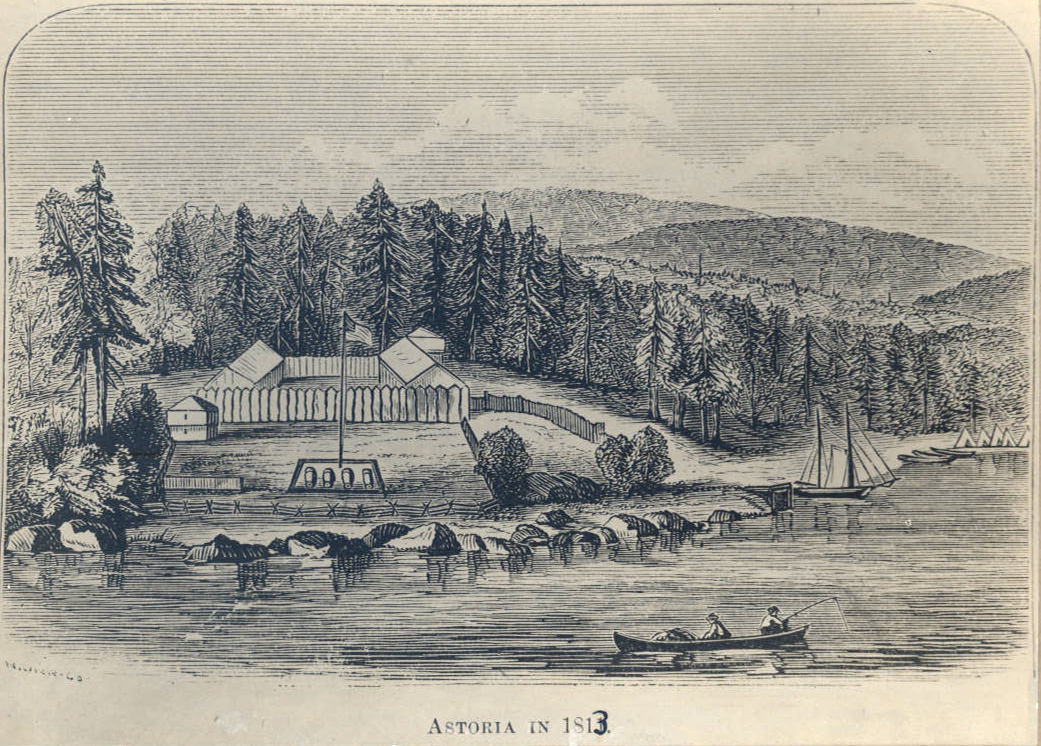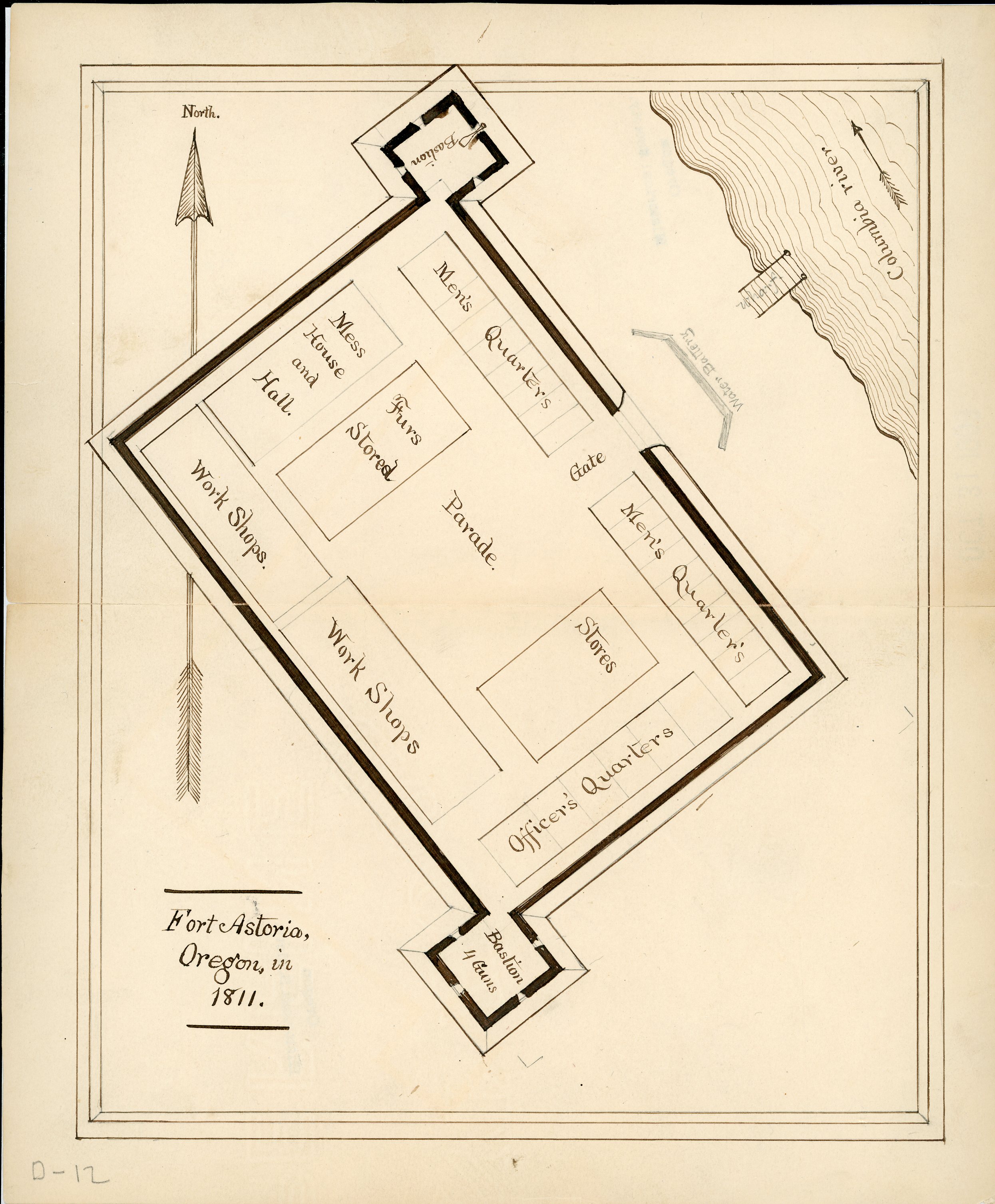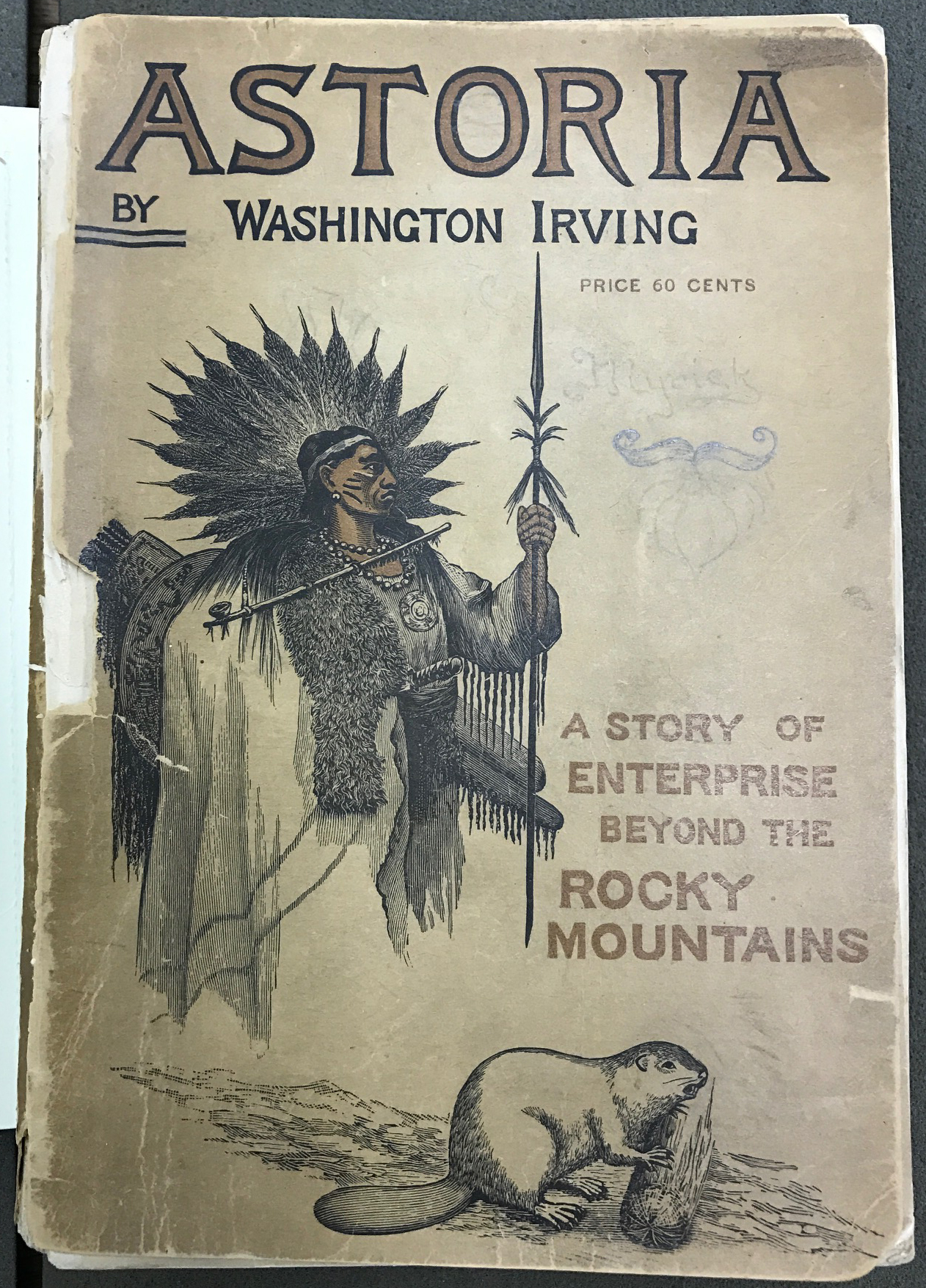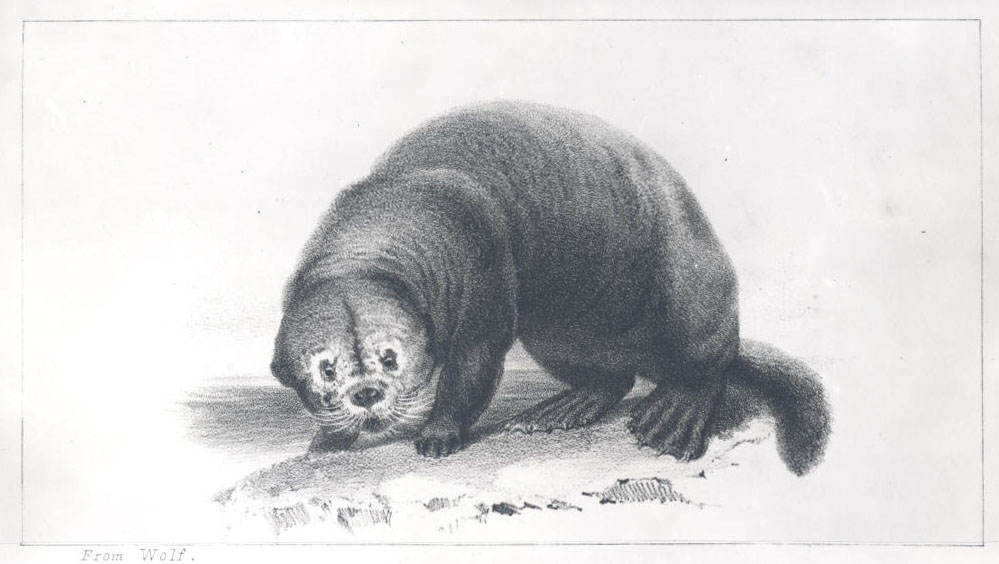A woman of Sioux and, more particularly, Iowa descent, Marie Dorion, by birth Marie L’Ayvoise, was a member of the Wilson Price Hunt expedition, which established the earliest fur trade post in the Pacific Northwest. Once we accord Indigenous women agency, rather than seeing them as victims of larger forces beyond their control, we come to understand why their stories matter. Although Marie Dorion survives in historical memory consequent on the men in her life, her story permits us to glimpse how she and her counterparts in Oregon, and more generally, maneuvered and persevered through changing times.
Marie Dorion comes into view in 1810 at the age of twenty, living in St. Louis with thirty-year-old Pierre Dorion, who was of French Canadian and Yankton descent. His father had been an interpreter for Meriwether Lewis and William Clark on their expedition to the Pacific Ocean in 1804–1806, making young Dorion a valuable recruit for Hunt, who acquiesced to his demand that the pregnant Marie and their two young sons accompany the entourage west. She was the only woman to do so. Despite her third child dying along the way shortly after birth, Marie Dorion, in the words of American writer Washington Irving in his somewhat romanticized Astoria (1836), “kept pace with the best of the pedestrians.” They arrived at the fur trade post of Astoria, on the south shore at the mouth of the Columbia River, in early 1812.
During a trapping party two years later, Pierre Dorion was killed by Shoshone-Bannocks in their home territory along the Boise River in present-day Idaho. Part of the expedition, as women and children tended to be, Marie Dorion was warned about the impending attack and ran with her two sons to warn the men. While she was too late to rescue them, she and her sons managed to flee, surviving the winter on their own resources.
The next April, Astoria clerk Gabriel Franchère was on his way to Montreal as part of a brigade when, he recorded in his journal, they “saw a number of canoes hastening towards us but we paid little heed to them until a child’s voice called to us several times in French: ‘Stop, stop!’” They “recognized the wife and children of Pierre Dorion.” She and her sons had survived the winter, owing to her skills as an Indigenous woman, and come the spring she had, as explained Franchère, “awaited the arrival of the canoes that she knew would be coming up-river in the spring.”
Marie Dorion found a new partner in trapper Louis Joseph Vagnier. Likely living at Fort Walla Walla, about 250 miles east of Astoria, they had a daughter, Marguerite, in 1820. A year later, Vagnier was sent home at the end of his contract rather than being kept on. A year or two later, Marie Dorion, as she continued to be known, partnered with Jean Toupin. A half dozen years younger than Marie, Toupin had joined the fur trade from Quebec and had been dispatched to Walla Walla as a trapper and interpreter.
The relationship held through their lifetimes and was formalized by Catholic marriage in 1841, a year or two after it was possible to do so in the Pacific Northwest. The couple and their three children, along with Marie’s sons by Dorion and her daughter by Vagnier, settled in the mid-Willamette Valley, where an enclave of retired fur traders had taken up farming. Their children married into established Willamette Valley families. Marie Dorion died on September 3, 1850.
-
![Earliest known illustration of Fort Astoria, by Gabriel Franchere, employed by Astor,]()
Fort Astoria, 1813.
Earliest known illustration of Fort Astoria, by Gabriel Franchere, employed by Astor, Courtesy Oreg. Hist. Soc. Research Library, OrHi51
Related Entries
-
![Astor Expedition (1810-1813)]()
Astor Expedition (1810-1813)
The Astor Expedition was a grand, two-pronged mission, involving scores…
-
Astoria (book, 1836)
Although Washington Irving (1783-1859) never traveled to Oregon Country…
-
![Fort George (Fort Astoria)]()
Fort George (Fort Astoria)
Fort George was the British name for Fort Astoria, the fur post establi…
-
![French Prairie]()
French Prairie
Located in Oregon's mid-Willamette Valley, French Prairie was resettled…
-
![Fur Trade in Oregon Country]()
Fur Trade in Oregon Country
The fur trade was the earliest and longest-enduring economic enterprise…
-
![Wilson Price Hunt (1783-1842)]()
Wilson Price Hunt (1783-1842)
In 1809, John Jacob Astor selected Wilson Price Hunt to be his St. Loui…
Related Historical Records
Map This on the Oregon History WayFinder
The Oregon History Wayfinder is an interactive map that identifies significant places, people, and events in Oregon history.
Further Reading
Barman, Jean. French Canadians, Furs, and Indigenous Women in the Making of the Pacific Northwest. Vancouver: UBC Press, 2014.
Carter, Harvey L. “Marie Dorion.” In Edward T. James, ed., Notable American Women. Cambridge, Mass.: Harvard University Press, 1971, vol. 2, 502-03
Franchère, Gabriel. Journal of a Voyage on the North West Coast of North America during the Years 1811, 1812, 1813 and 1814. Toronto: Champlain Society, 1969.
Irving, Washington. Astoria or Anecdotes of an Enterprise Beyond the Rocky Mountains. Norman: University of Oklahoma Press, 1964, orig. 1836.
Watson, Bruce McIntyre. Lives Lived West of the Divide: A Biographical Dictionary of Fur Traders Working West of the Rockies, 1793-1858. Kelowna, BC: University of British Columbia, 2010. Accessible online. https://www.scribd.com/doc/215991063/Lives-Lived-West-of-the-Divide-A-Biographical-Dictionary-of-Fur-Traders-Working-West-of-the-Rockies-1793-1858






